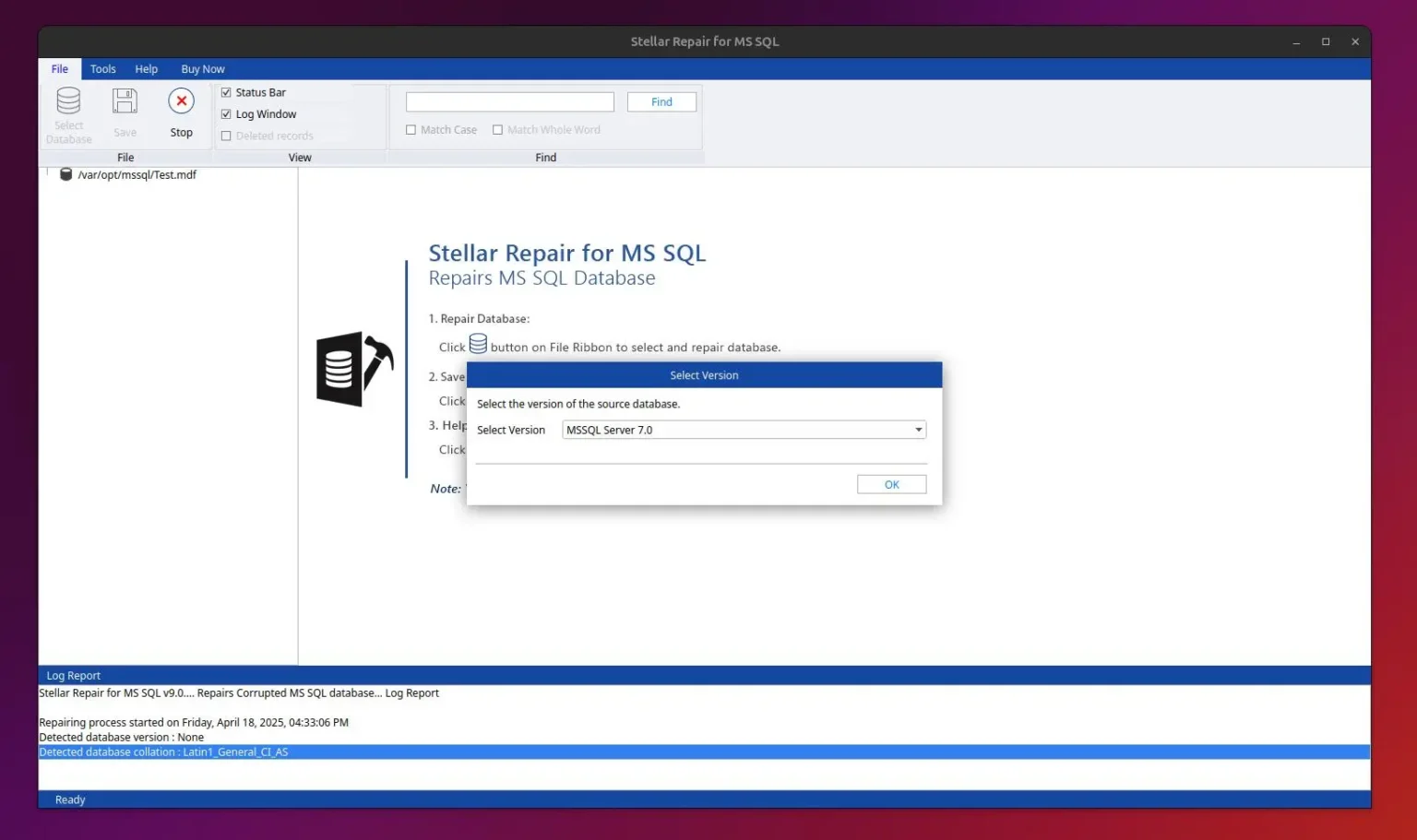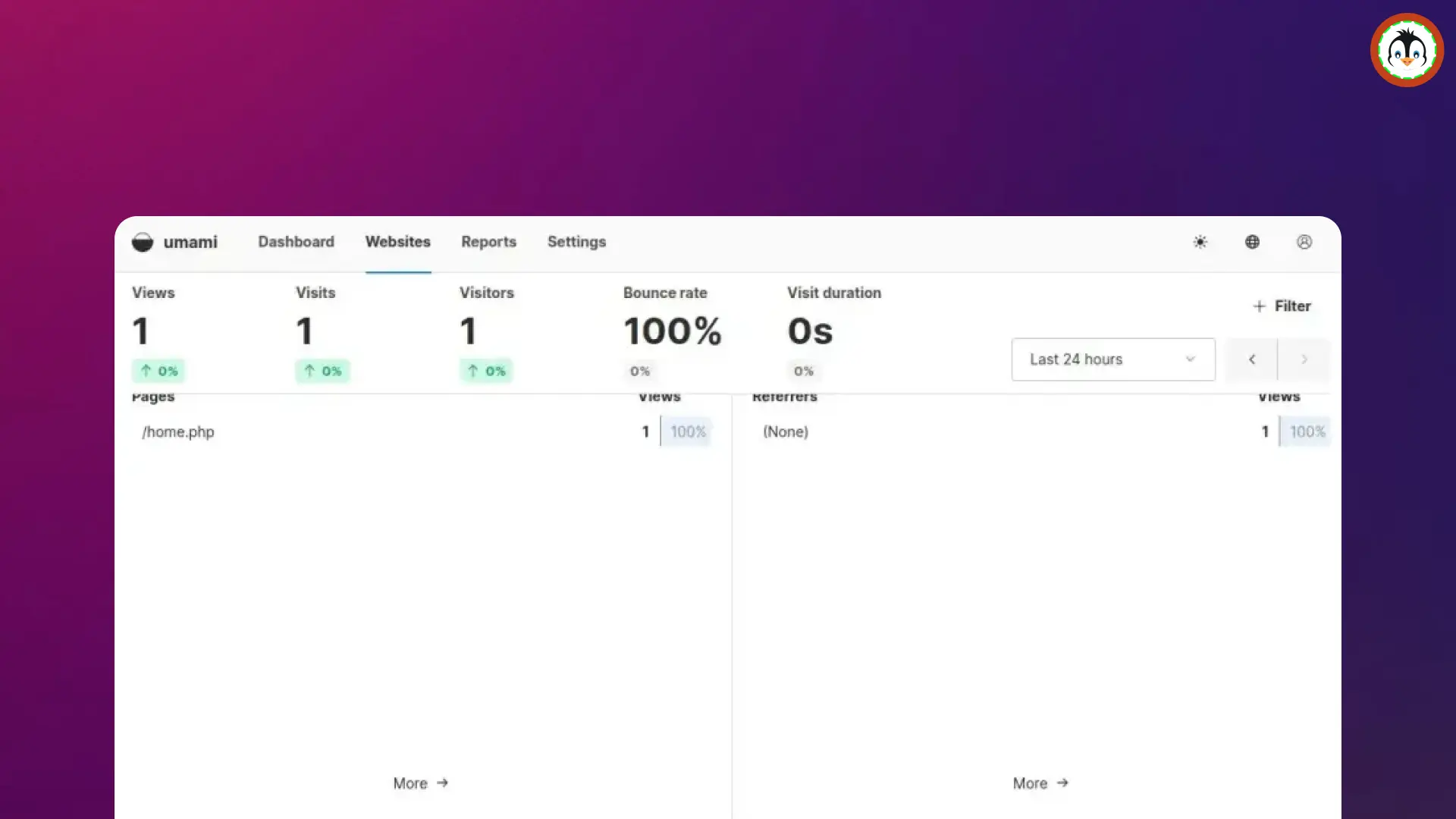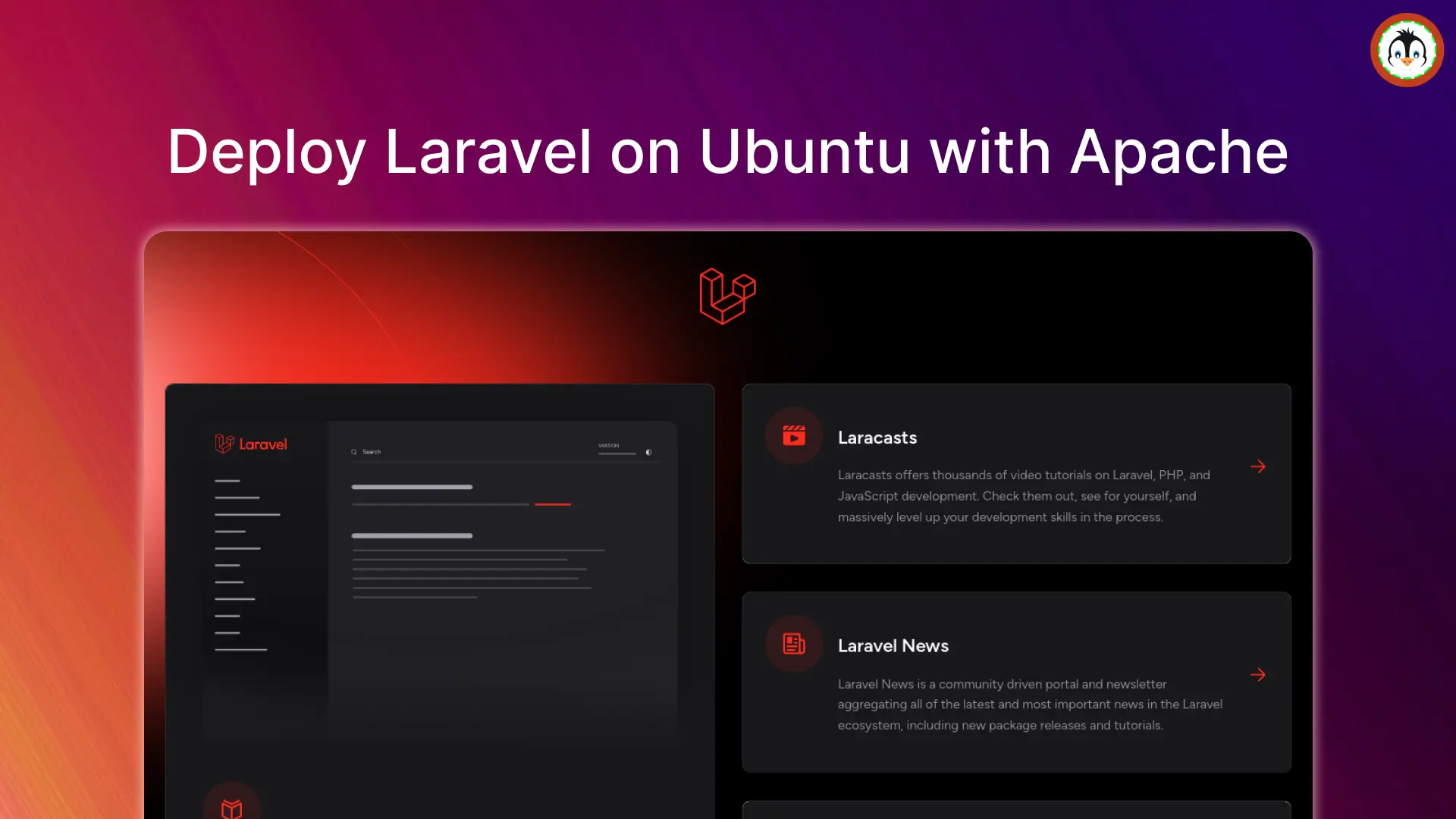VLC (stands for "VideoLAN Client") is the world's number one open-source media player for Windows and Linux systems that is freely available for anyone to use.
It supports a wide range of audio and video formats and provides rich features like streaming via network, video conversion, bookmarking, trimming, and many more.
Although the executable installer is available for Windows users, making the process a little easier for them, Linux users should not worry as they have multiple ways to install it, and each will be explained to you in this article.
1. Installing VLC Media Player via Package Manager
The easiest and recommended way to install the stable version of VLC Media Player on an Ubuntu desktop or server is by installing it from the default package manager.
All you have to do is execute the following command to begin the installation process:
- sudo apt install vlc -y
The above command executed on a non-root account will ask you to enter the account password.
Once the installation is complete, you can easily locate and launch it from the application menu.
Uninstall VLC
To remove the VLC media player installed via package manager, simply issue the following command:
- sudo apt remove vlc
2. Installing VLC Media Player as a Snap Package
As an Ubuntu user, you have the advantage of having Snap pre-installed (a sandbox technology) on your system, through which you can easily install the latest version of VLC.
All you need to do is execute the following command to get the installation to begin:
- sudo snap install vlc
It’s the simplest way to get the latest version of VLC, as it includes all the necessary libraries and packages in a single package, but it comes with the disadvantage of a large file size.
Uninstall VLC
To remove the Snap version of VLC, simply execute the following command:
- sudo snap remove vlc
Aditional Methods
If you prefer to install VLC Media Player as a Flatpak package, make sure that Flatpak is installed and configured on your system, then run:
- flatpak install flathub org.videolan.VLC
The Red Hat Enterprise Linux (RHEL) 9 user can simply run the following sequence of commands to install the latest version of VLC:
- sudo dnf update
- sudo dnf install epel-release rpmfusion-free-release rpmfusion-nonfree-release
- sudo dnf install vlc
Lastly, users using an Arch-based system such as Manjaro can easily install the VLC using the default Pacman package manager.
- pacman install vlc


